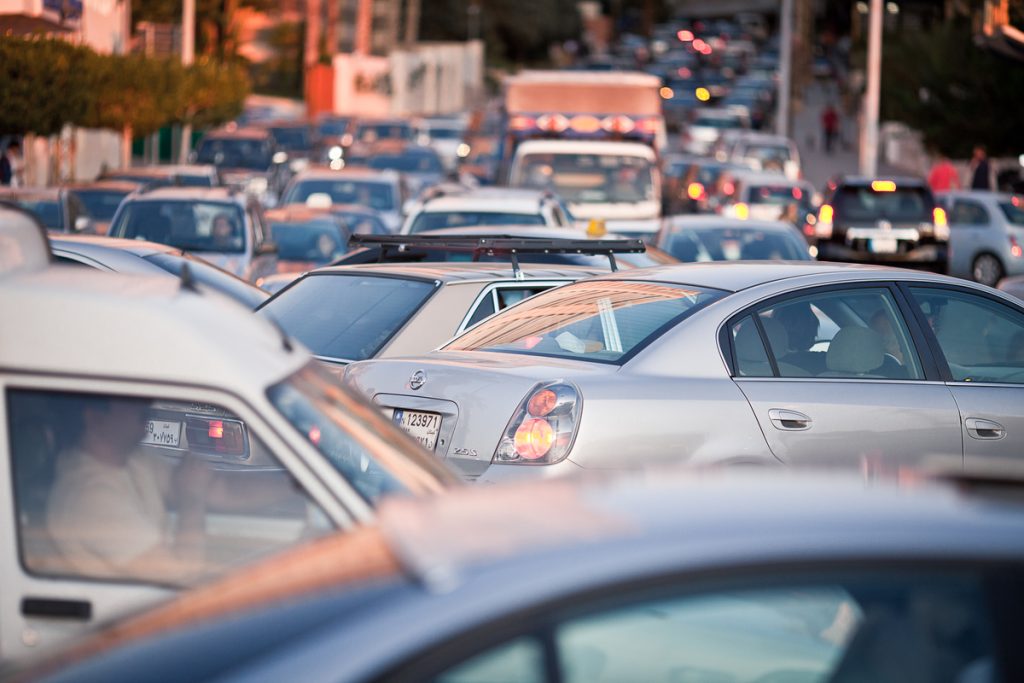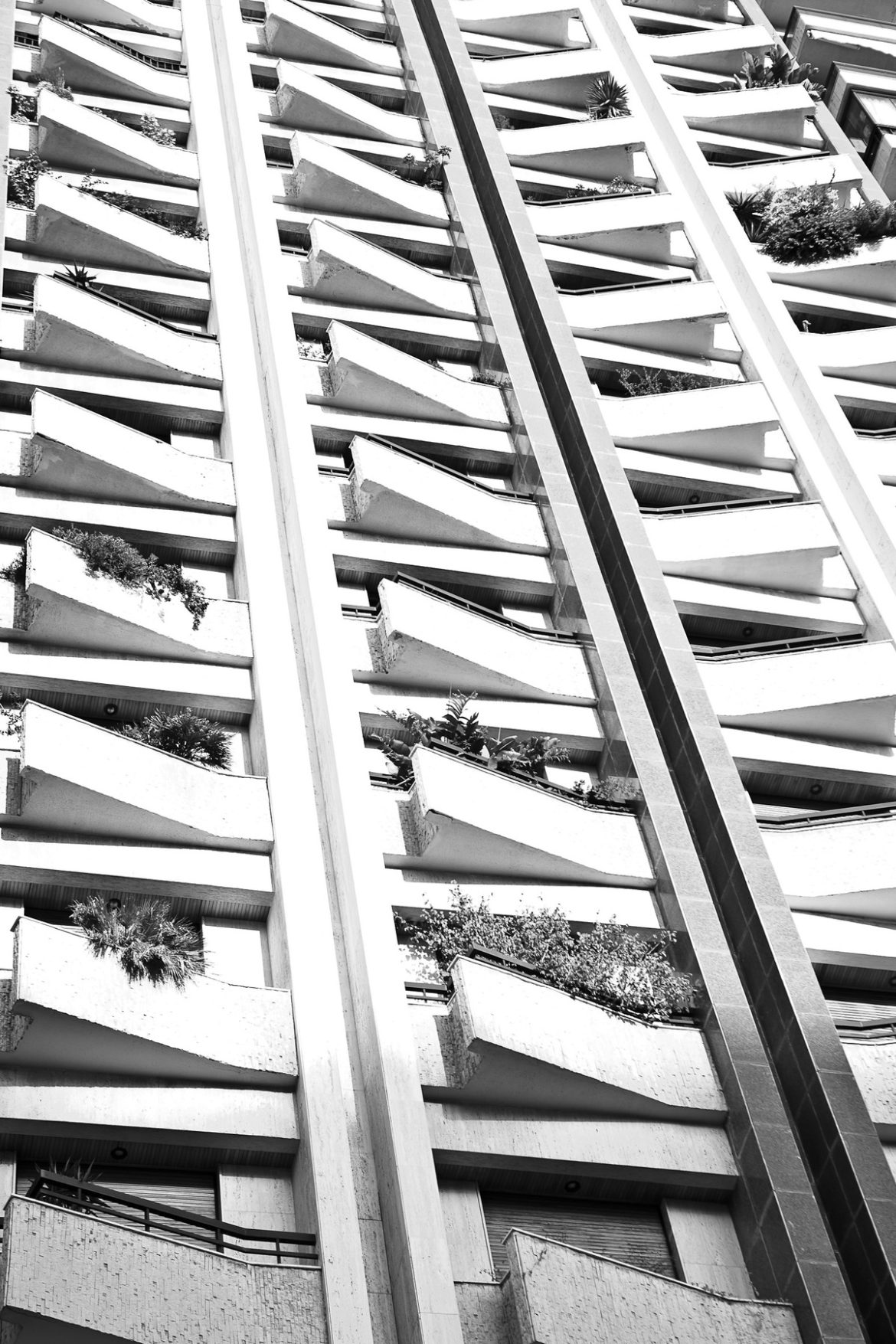Walking the warrens of old Beirut neighborhoods, driving along rural roads where one illogical turn follows the other, or traipsing past private and public white elephant real estate projects that testify to nothing but unproductive and vain ambitions, the discordant chaos of the country can make even a lifetime optimist doubt their beliefs. It appears inconceivable that this deep, dysfunctional by design, fiefdom system of Lebanon will make way for administrative structures that are not corruption prone, or a fiscal system that, by taxing profits and rentier incomes, prioritizes capturing an economically non-regressive share of economic gains.
And yet, under an ethical and efficient Lebanese fiscal system that is restructured for a digital-era economy with high profits from automation (including AI) and urban productivity (including exports of services), one cannot but daringly envision a tax regime that captures and redistributes part of the economic gains that professionals and landlords obtain as windfalls – free rentier benefits – from their economic activities in the Beirut metropolitan area. If one wants to talk seriously about the national economic recovery.
The real estate ingredient in economic productivity
Against the background of Lebanon’s economic strengths and weaknesses as documented over the long term, real estate – and especially productive urban real estate – can either be a key enabler or a devastating barrier in the economic recovery process. Producing competitive, exportable services of high quality is thought to require the population’s broad adherence to the rule of law as core public good in an economically complex society. For stakeholder groups invested in their society, clustering of the most creative and smartest workforce in productive urban Lebanese settings is therefore another precondition for competitive, exportable services to thrive.
Combining the three stakeholder groups – (1) all economically active people upholding the rule of law, (2) creative and smart professionals, (3) proactive landlords that abide by principles of smart and sustainable property development and maintenance – makes a compelling ethical case for redistributive tax justice. In such a system, part of the economic gains harvested by urban landlords and professionals would be reallocated to all economic actors who sustain the “rule of law” core public good.
Redesigning property taxes from the viewpoint of urban productivity also makes a strong case in manner of efficient taxation. Some economic gains accrued by landlords and professionals have to be siphoned off and invested into connectivity, hard infrastructures, etcetera, or redistributed by the state—but under preservation of fair and attractive economic deserts for each of the two groups. In theory, such tax measures, which reallocate a slice of their economic gains, will not be detrimental to but rather supportive of landlords’ and professionals’ long-term economic interests.

However, today there are more urgent concerns in the real estate sector. These are two-pronged: the entrenchment of what the recent Bank Audi Real Estate sector report mentions as “challenging fundamentals” and the destruction that has been wrought on the country’s building stock in 2024. Due to those two prongs of dysfunctionality, the war being the more severe one, the property landscape across much if not most of the territory is scarred and unclear.
The structural problems of the Lebanese property market include the current absence of housing loans by commercial banks, but also the high demand for affordable housing alongside significant urban building stock that is either vacant because of speculation or so dilapidated that it is unfit for habitation. Outdated regulations and old rent laws are factors in the conundrum.
Demagogically supercharged misconceptions about social and economic realities in Lebanon, are not rare. Offering one interpretation of the structural problems in the economy and their repercussions on the national real estate landscape, Bank Audi points to weakness of rural job creation and a “continuous” increase in the urbanization rate.
However, according to UN Habitat and the popular internet source World Population Review, Lebanon’s urbanization has been above global averages already since the 1950s or 60s. The urbanization rate, which has been noticeably flattening in the 20 years since 2005, stood at estimated 89.4 percent in 2023 (21st in the world) but its trajectory has been curtailed around the 90 percent urbanization rate bound, mirrored in an estimated slight contraction (-1.23 percent) in the 2020-25 time period.
Box
Urbanization – neither panacea nor symptom of doom
Whereas the urbanization rate, which on a global scale has increased from 34 percent in 1960 to 58 percent in 2024, can be a productivity-enhancing factor as well as a social and environmental detriment, it is a factor that cannot be avoided. Movement of people from rural to urban areas and population growth in Lebanon have made steady conversion of land to settled realms inevitable but, the trend has been poorly regulated and has not been steered into social and economic sustainability to date.
There is uncertainty over the real building stock in Lebanon. Due to the many upheavals in the country in the past five decades, social factors driving urbanization and internal migrations within Lebanon as well as regional human cross-border movements actually seem to have been increasingly complex and difficult to assess.
As a 2011 UN Habitat paper states, urbanization has been relentless from the 1960s onward and “urban expansion in Lebanon has been occurring without any guiding strategies or plans, merging the cities into single large agglomerations, threatening arable lands and biodiversity, creating transportation and traffic problems and increasing the challenge of infrastructure and services provision.”
The crisis years of the 2020s have worsened this situation to the point that rural-urban development gaps are threatening Lebanon along with other consequences of the crisis and war-induced, growing inequality burden.
End BOX
Another nuance to contemplate in the recent uptick on real estate trends on the supply side is changes in the geographic distribution of building permits issued in the first six months (H1) of 2025. Comparing the regional distribution of building permits in this period with the one of ten years ago, in H1 2015, there are several surprising drops and increases in the geographic distribution of these permits. The sharpest contraction in permit issuance was in North Lebanon, which includes the nation’s second metropolis, Tripoli. North Lebanon in ten-year comparison fell from the second to the last spot in percentage share of total (18.8 percent to 1.1 percent) building permits. The percentage share of building permits this year was a fraction of the North’s 20 percent share in habitation. On the other hand, increases in issuance shares were visible in the very three districts that last year bore the brunt of warfare: Nabatieh issuance increased from 8.7 to 11.4 percent, the Bekaa shot up from 8.4 to 12.1 percent, and South Lebanon more than doubled from 11.7 to 25.4 percent.
Between the three latter regions (which most people will associate with a mix of rural and urban environments), plus North Lebanon, 50 percent of building permits in the first six months of this year are accounted for. The other 50 percent of building permits in the first six months of this year were reported from the least war-torn governorates, Beirut and Mount Lebanon. However, when comparing the 2015 and 2025 numbers, there was much less variation in parentage shares of permits. Mount Lebanon was unchanged in the position of region with most issued permits and Beirut, arguably the most urban governorate in Lebanon, saw a minor contraction of 0.3 percentage points. For these two regions, 2025 H1 issuance hovered, almost unchanged from 2015, at about 45 and 5 percent, respectively.
This begs the question, absent of more granular data of whether the 16.1 percent jump in issuance reflects a future net increase in housing stock. The ten-year variation in the value of property sales transactions between the first six months of 2015 and 2025 in Bank Audi’s real estate report showed that percentage-wise, variations between provinces were in the three to four percent range, or below.
Moreover, the H1 2025 and H1 2024 numbers of 2,500 to 3,000 construction permits are pro rata still significantly below the 7,500 permits issued in full year 2022, a year which in itself was part of a multi-year trough for builders and developers. According to a Bank Byblos press statement from October 2020, future real estate demand recorded in the second quarter of that year reflected significant contractions not only in quarter-on-quarter and year-on-year home buying intent, but even represented a record low for all 13 years in which the lender produced a real estate demand index. In the last three-month period before the index was discontinued in summer of 2020, a mere 1.1 percent of Lebanese residents responded affirmatively if they planned to either buy or build a residential property in the coming six months.
Shortly before the huge shock of the Beirut Port explosion, the demand signals already stood at less than 20 percent of the multi-year average measured starting in 2007, and was about 90 percent down from the peak expression of house acquisition plans over the period. According to a press statement, “6.4 percent of residents in Lebanon, on average, had plans to buy or build a residential unit in the country between July 2007 and June 2020, with this share peaking at nearly 15 percent in the second quarter of 2010”.
Irrespective of the factors that drove upside blips in building permit issuance the first half of this year, property market vigor and sustainability in 2025 do not look convincing when compared to the heydays of post-conflict (i.e. during the decades from 1992 to 2012) housing construction in Lebanon, with peaks of over 12,000 annual permits early in the 2010s.
Until they disappeared at the end of Banque du Liban’s calamitous attempt to steer the economy through years of government policy inaction, financing deals and housing loans propped up by central bank stimulus packages may have improved nominal GDP growth figures. However, in post-crisis analysis that can only underscore the importance of getting real estate policy right. Getting it right must start with adequate laws, corruption-resistant land registrations, and fair taxation up to the provision of incentives and securing of both property rights and obligations under an ethical and efficient framework.
Judging from the poor state of the building stock and from the situation of property regulations and markets, the signals for future real estate supply may be up from last year, but the overall real estate landscape still leaves an abysmal impression.

